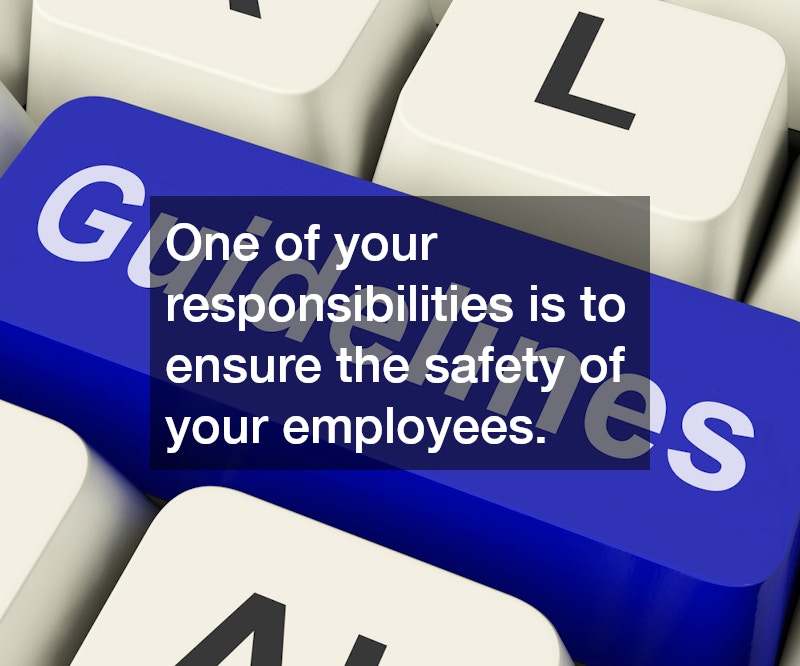
Whe N you own a company, one of your responsibilities is to ensure the safety of your employees. Part of that responsibility is to design and print a Company Safety Manual. The guide will include guidelines for each department with standards to ensure your workplace isn’t an unsafe environment. Some of those safety standards will involve infection control regulations.
You and your employees should be educated about your workmans compensation policy. All working staff members must know the policy’s guidelines and where to go for an examination. You may think some workers who don’t have strenuous jobs won’t need to worry about workmans compensation. However, according to the National Association of Social Workers, almost 45% of social services staff members reported significant work safety issues as part of their job responsibilities.
When an employee is injured and treated by a healthcare professional, they will need written instructions about when to return to work. There may be circumstances where the doctor reports they can return to their job but with restrictions at work. As the employer, it is your legal responsibility to make whatever accommodations are necessary to allow the restricted employee to return.

Getting hurt on the job can be a challenging situation. Your employer is likely concerned for your well being, but may also be trying to look out for the company’s best interest at the same time. If you find yourself needing to file a workmans compensation claim, it is time that you visit with your own legal representation instead of just relying on company attorneys.
American men and women missed an average of eight days of work because to occupational injuries in 2013. If you get hurt at work it is important for you to know that workers’ compensation should pay 100% of medical costs for injured workers and should also pay cash benefits for lost work time after a initial three to seven day waiting period. In the U.S., according to the Bureau of Labor Statistics’ 2010 National Compensation Survey, workers’ compensation costs represented approximately 1.6% of employer’s overall spending.
State and federal worker compensation laws can be especially difficult to understand. In 2011, state and federal workers’ compensation laws covered about 125.8 million employees and these laws are often complicated. While your employer may have a legal team who is able to explain information to you, it only makes sense that you would want to have your own legal representation as well. Getting hurt on the job has immediate consequences which are often easy to understand, but getting hurt at work can also have long term complications that you might not realize on your own. Consider the following statistics:
- Benefit payments under workers’ compensation programs totaled $60.2 billion in 2011. This was a 3.4% increase from the revised 2010 benefit total of $58.2 billion.
- Wages and salaries make up approximately 70% of compensation costs. Benefits make up the remaining 30% of compensation.
- There were 327,060 job-related sprains, strains, and tears in 2013; 229,190 slip, trip, and fall injuries; and 170,450 back injuries.
When you realize that 917,100 occupational injuries and illnesses resulted in missed days of work in America in 2013, you begin to understand the importance of knowing when to hire a workmans comp lawyer. Getting hurt on the job, depending on the severity of the injury, can have lasting implications. Implications that you can not possibly understand on your own. If you are dealing with pain and the side effects of medications it is especially important that you hire an attorney to look out for your best interests. If you, or someone you know, has been injured on the job, seeking legal advice is the first thing you should do.

